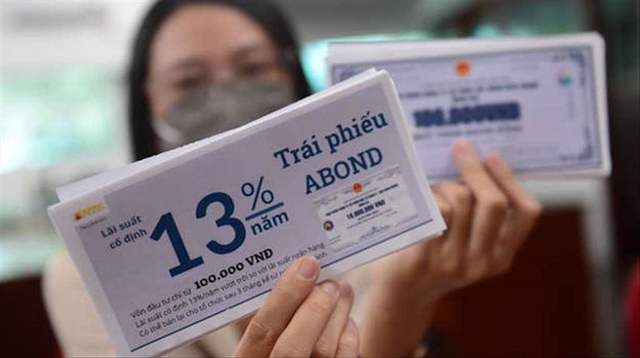 Society
Society

Raising mussels for pearls could become a promising industry in Việt Nam with advantages of favourable weather conditions, long coast and warm sea.

|
| A mussel showing off its pearls on Phú Quốc Island in the southern province of Kiên Giang. — Photo dulichdaophuquoc.org |
HÀ NỘI — Raising mussels for pearls could be a promising industry in Việt Nam, thanks to favourable weather conditions, long coastlines and warm seas, said the Standing Vice Chairman of Việt Nam Fishery Association Nguyễn Chu Hồi.
Việt Nam has more than 3,200km of coastline and 3,000 islands, of which over 150 islands are inhabited. The total water surface area that can be developed for aquaculture in the country is about 2.62 million hectares, including a saltwater surface area of 568,424ha and a freshwater surface area of 923,234ha. Việt Nam’s main aquacultural products are fish, shrimp, crabs, sentinel crabs, scallops, clams, and mussels.
More than 1.5 million hectares, or nearly 60 per cent, of water surfaces are unused. Of that, nearly 453,500ha of saltwater surfaces are suitable for raising mussels for pearls.
As Việt Nam is located in the tropical monsoon climate zone, it is warm all year round. The average annual air temperature in the North (Quảng Ninh Province) is 22.7 degrees Celsius, in the Central region (Đà Nẵng City) is 25.7 degree Celsius, in the South Central (Bình Định Province) is 27.1 degree Celsius, in the South (Phú Quốc Islands in Kiêng Giang Province) is 27.2 degree Celsius.
Speaking about the current situation, challenges and opportunities for Việt Nam’s pearls last week, Hồi said that with sufficient orientation by the Government and the forming of pearl production supply chains, mussels farming could soon be thriving in Việt Nam.
Under Resolution No 36-NQ/TW dated October 22, 2018, on the Strategy for Sustainable Development of Việt Nam's marine economy to 2030, with a vision to 2045, pearl farming is a part of the marine farming sector.
“Pearl farming is not identified as an economic industry but I think if we move in the right direction, we can help develop it into a real industry,” Hồi said.
The mussel farming in Việt Nam has developed a brand name in the world market, targeting specific groups of customers. Việt Nam also has domestic demand for pearls.
“Further development of mussel farming will not only satisfy the domestic consumption demand but also the international market,” Hồi said.
“When we think of it as an industry, it’s necessary to develop value chains and engage the participation and management of the Government,” he said, adding that State management with mechanisms and policies could help exploit the potential.
The farming techniques of mussel farmers play an important role in the pearl industry. Another requirement for further development of mussel farming is the preservation of mussel farming areas, Hồi said.
Former Deputy Director of the Department of Science, Technology and Training under the Ministry of Health Trần Thị Oanh said that pearls grown in different ecological regions, particularly salt water and fresh water ones, would be different in terms of the proportion of ingredients.
To help consumers distinguish between seawater pearls and freshwater pearls, it was necessary to boost communication and promote Government’s policies to bring authentic products to consumers, she said.
Nguyễn Thị Minh Thu, Director of An Phu Pearl and Jewelry Company said there were differences between sea pearls and freshwater pearls.
Sea pearls are cultured in mussels living in the southern Pacific Ocean, in countries such as Japan, Australia, the Philippines, Myanmar, and Việt Nam and French Polynesia.
Freshwater pearls are grown in mussels living in ponds, lakes, rivers and streams. China is currently leading the world in freshwater pearl production due to its large river network with favourable conditions for pearl culture development.
In terms of lustre, the sea is an ideal environment to provide many nutrients as well as a variety of food sources. As seawater contains many minerals, the pearl has a high lustre and can sparkle.
Thu said that when placed in the sun, sea pearls can give off an iridescent sheen while freshwater pearls are dull and unable to shine.
In terms of shape, sea pearls that undergo strict care, cultivation, and high technical requirements are shaped by round pellets, so sea pearls are either round, almost round, oval, teardrop, pear-shaped or baroque. Freshwater mussels are usually flat and distorted.
Thu said that a pearl can only receive one nucleus per transplant and undergo a maximum of three transplantations. With a success rate of 30- 40 per cent and long culturing time, sea pearls were rare and costly, just behind natural pearls.
A freshwater mussel can produce 30 to 80 pellets and can be harvested after only one or two years of culture. Freshwater pearls will cost much less than saltwater pearls. — VNS